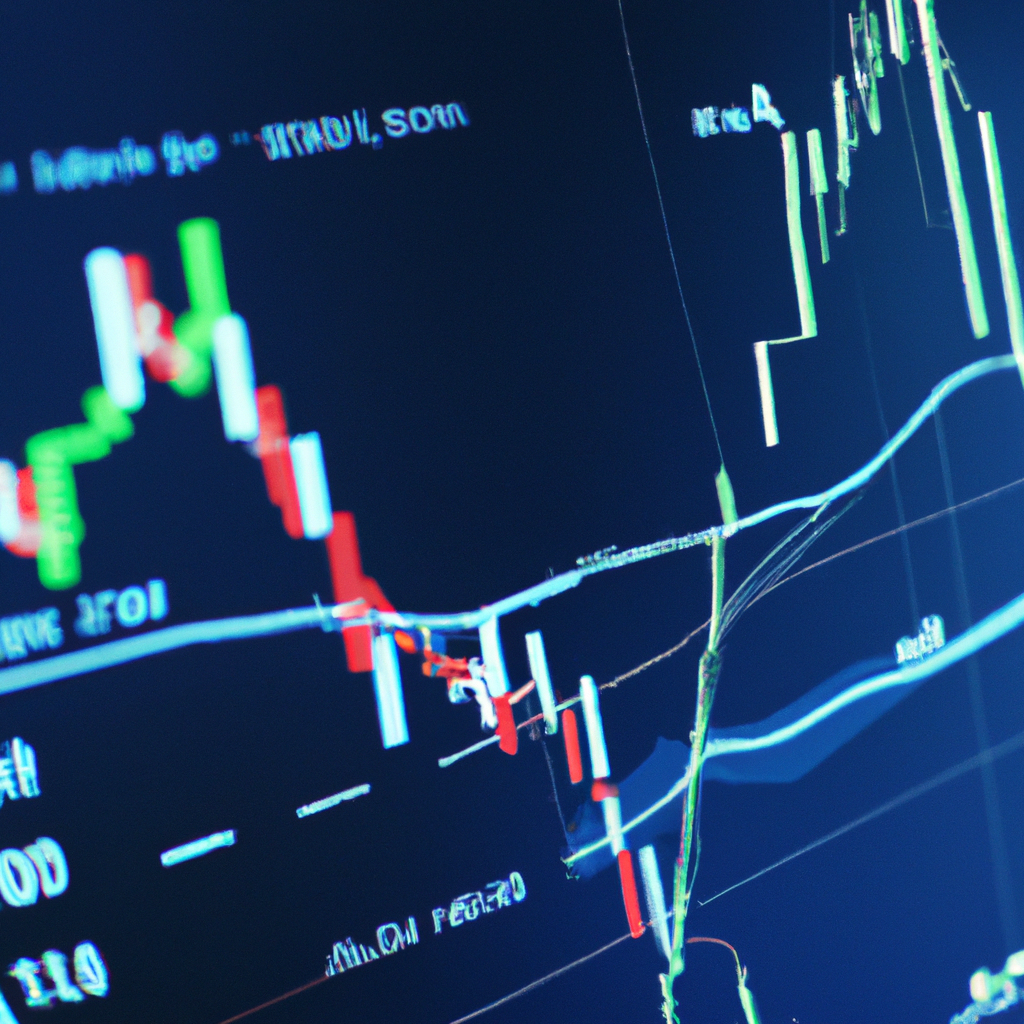
The Importance of Backtesting Trading Indicators for Successful Strategies
Backtesting Trading Indicators
Backtesting trading indicators is a crucial step in developing a successful trading strategy. By testing your indicators on historical data, you can evaluate their performance and effectiveness before risking real money in the market. In this article, we will discuss the importance of backtesting, how to do it effectively, and some best practices to keep in mind.
Why Backtesting is Important
Backtesting allows traders to assess the performance of their trading indicators in various market conditions. It helps to identify any weaknesses or flaws in the strategy and provides valuable insights into how it may perform in the future. By backtesting, traders can gain confidence in their indicators and make informed decisions when trading live.
How to Backtest Trading Indicators
There are several steps to follow when backtesting trading indicators:
- Collect historical data: Use a reliable source to gather historical price data for the asset you want to trade.
- Define your trading strategy: Clearly outline the rules for your trading indicators, including entry and exit signals.
- Backtest your strategy: Apply your indicators to the historical data and analyze the results. Look for patterns, trends, and areas for improvement.
- Optimize your strategy: Make adjustments to your indicators based on the backtesting results to improve performance.
- Repeat the process: Continuously backtest and refine your trading strategy to adapt to changing market conditions.
Best Practices for Backtesting
When backtesting trading indicators, it is essential to follow these best practices:
- Use a large sample size: Test your indicators on a significant amount of historical data to ensure reliable results.
- Avoid overfitting: Do not tweak your indicators to fit the historical data perfectly, as this may lead to poor performance in live trading.
- Consider transaction costs: Take into account trading fees, slippage, and other costs when backtesting to accurately reflect real-world conditions.
- Be patient: Backtesting can be time-consuming, but it is essential for developing a robust trading strategy. Take the time to thoroughly test your indicators before trading live.
In conclusion, backtesting trading indicators is a critical step in the development of a successful trading strategy. By testing your indicators on historical data and following best practices, you can gain valuable insights into their performance and make informed decisions when trading live. Remember to continuously backtest and refine your strategy to adapt to changing market conditions and improve your chances of success.